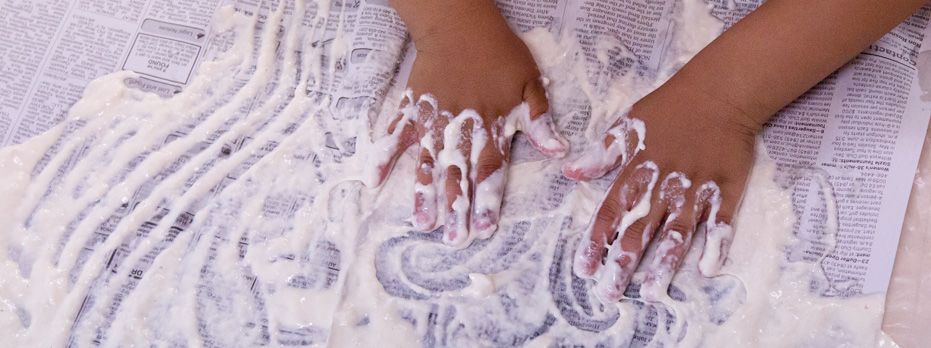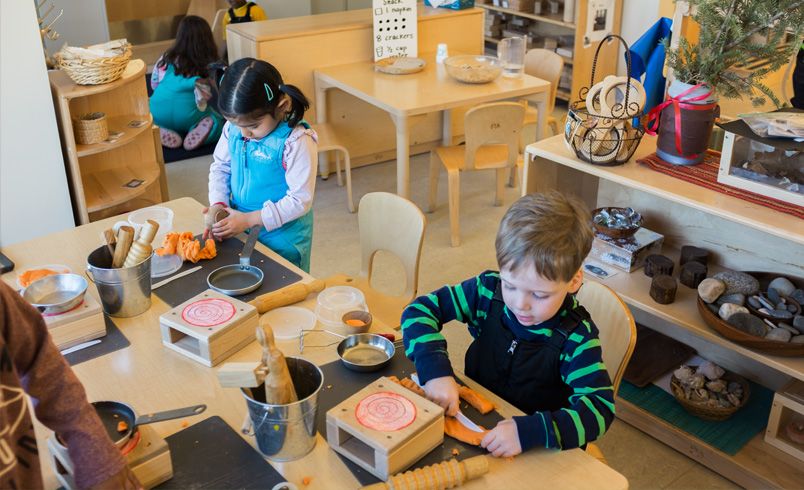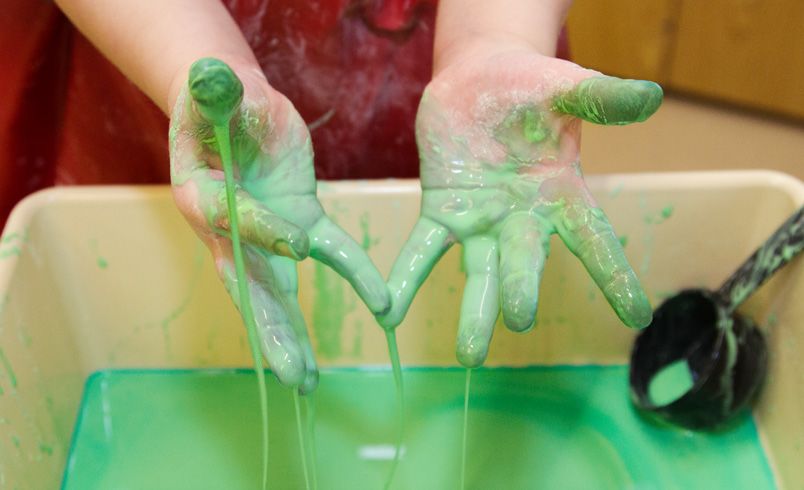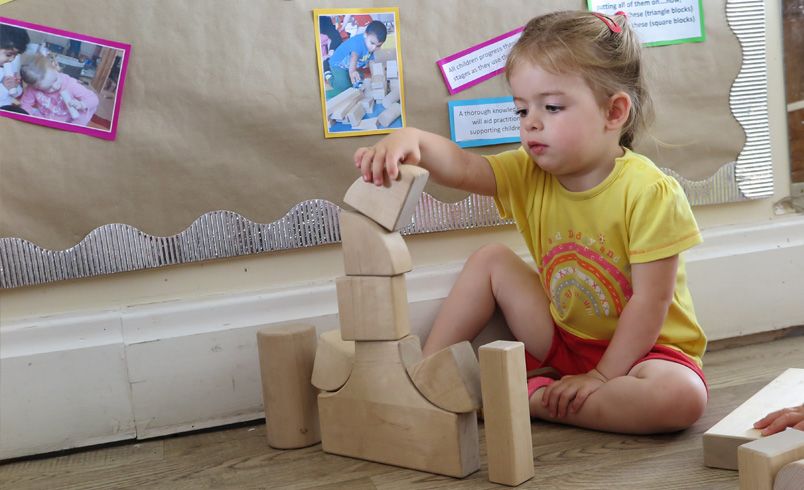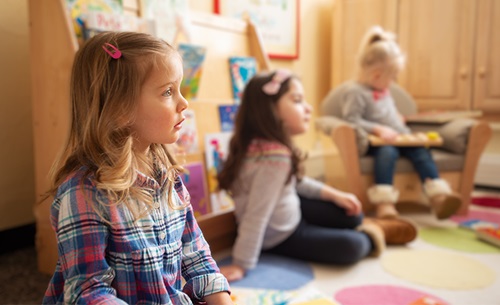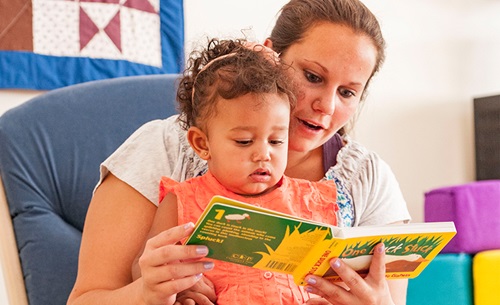Setting up a Process-Oriented Classroom
Learning from the Journey in a "Yes-Environment"
| May 2017When was the last time you took the time to enjoy a drive, not worrying about exactly when you would arrive at the destination? Focusing on the journey instead of the finish line allows you to enjoy the scenery, make stops when you feel like it, and take inspiring detours. Ultimately, you will reach your final destination feeling less stressed and more fulfilled.
As an early childhood teacher, it is your task to ensure that the children in your classroom have the opportunity to get the most out of their “journey”, without pressuring them to achieve particular end results. Focusing on the process instead of the product can give them this experience.
Providing ample time for unstructured and open-ended activities allows children to explore and develop at their own pace. As a result, they build confidence in their abilities, become comfortable with making mistakes and trying things multiple times, and feel accomplished in the work that they’ve done. When the adults don’t demand a particular end result, and when the child doesn’t hear “no” as he is working on his process, the child is allowed to be successful in his decision-making. (Read more about setting up a “yes-environment” here.)
It is important to provide open-ended materials without an adult always dictating how the materials should be used. Art media, such as paint, crayons, and clay, are some examples. Loose parts, such as egg cartons, craft sticks, ribbon, and spools, are others. Sensory activities, such as playdough, cornstarch and water, or sand, can be used with cups, funnels, spoons, and other tools for scooping, pouring, poking, and decorating. Blocks of all different shapes and materials are wonderfully open-ended and allow for opportunities to build fine motor, cognitive, and social-emotional skills.
At their own pace
When a child is rushed through an activity, perhaps to make room for the next child or to get to the next thing that happens in the classroom, it sets her up for failure. If she doesn’t feel like she has enough time with the materials she will never learn to fully explore them and use them to their full creative potential. She will then lose out on an opportunity to learn both more about the materials and about herself. If the activity leaves her feeling discouraged, she may begin to feel that her painting, her structure, or her design isn’t as “good” as everyone else’s.
Allowing a child the freedom to choose how they use different materials is also important. When setting up a painting activity, remember that some children may not be comfortable with the medium. One child may only want to paint a single line on the paper. Questioning, “Is that all?” or, “Don’t you want to do more?” calls into doubt the child’s ability to decide when he is finished and may lead him to believe that he isn’t capable of making these kinds of choices. Another child may want to cover her paper with several colors and need a refill in the paint cup. Telling her she’s used enough paint or that it’s time to let another child have a turn interrupts the child’s creative process and may stifle the joy she experiences in painting freely.
This isn’t to say that a child should be able to use materials at the exclusion of other children who might want an opportunity. Be sure to have plenty of materials available so that other children who might want to explore can also use them. A teacher can create a “yes” environment by having an abundance of paint, paper, and brushes for all children who are interested in participating in the activity.
This is important outside of the art area as well. Giving a child enough unstructured time to use any play material is vital. So is letting the child make choices in how he is using the materials. For example, children are not normally permitted to build structures on the shelving unit that houses the blocks, and one day, a child decides that’s what he’s going to do. The teacher could say, “Why don’t you build on the floor?” But rather than immediately saying, “No, don’t do that,” the teacher could first observe, in order to discover the child’s thought process behind why he’s building on the furniture. Whatever his reason, letting the child expand his concept of where he can build will also grow his creativity and curiosity in how he chooses to construct with the blocks.
Allowing for mess
Messy play is something that not all teachers are comfortable with. We may not feel that it’s useful or necessary to provide these kinds of experiences. We may worry about how much we’ll have to clean up afterward. Despite these misgivings, we need to remember that messes are part of a child’s process, and rather than saying “no,” we should find ways to allow children to make messes, giving them the opportunities to fully explore the various properties of the materials and how they are used.
Allowing for messes means letting go of our own desire to keep everything in the classroom absolutely tidy. A child might be using a marker on a piece of paper attached to a clipboard, then decides to lift the paper to draw on the clipboard. The initial response might be, “Don’t draw on the clipboard,” or, “Paper is for drawing.” The teacher might worry what will happen to the clipboard, that it won’t look “nice” anymore. But when we focus on the process, of learning about how the marker works and where it can make marks, there is less of a need to stop him. The clipboard doesn’t need to look a certain way to be useful.
The teacher’s role is to set up the environment so that the children can learn and experiment freely, even if the play gets messy. This might mean having towels, a bucket of soapy water, and changes of clothing handy. Children will then understand that their explorations are supported by their teachers and go about their play with confidence.
Allowing for mistakes
Children learn much from their mistakes. They need to be given ample chances to make them. Through trial and error, a child can figure out what works and what doesn’t. The disappointment that she may experience won’t become a setback as she comes to understand that it’s only a matter of trying again later or in a different way. Making mistakes helps her to learn to come up with alternate solutions, to develop patience and focus as she attempts to solve the problem, and to reach out to peers or teachers for help if she needs it.
Open-ended activities are key in giving children opportunities for mistake-making. Teachers can support the explorations of children through supporting the choices children make in their play. If an adult tells a child that the materials are meant to be used differently, rather than the way the child has chosen, he does not get the chance to take a risk, experiment, and learn from his ideas. Becoming comfortable with making mistakes means a child becomes more confident in his skills and feels accomplished in what he can do. That is what the process is all about.

